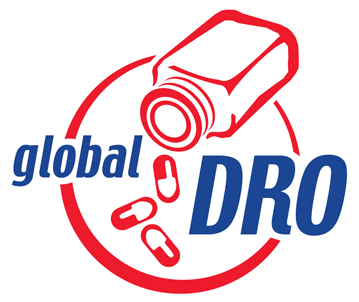
How to Use Global DRO
Global DRO is a medication database that provides information about the prohibited status of specific drugs/substances based on the current World Anti-Doping Agency (WADA) Prohibited List.
U.S. Anti-Doping Agency (USADA)
Click here to log in to the
Athlete Connect application
Click here to view your
test history and results

Global DRO is a medication database that provides information about the prohibited status of specific drugs/substances based on the current World Anti-Doping Agency (WADA) Prohibited List.

Jessica Galli is no stranger to dealing with change. The 29-year old track and field Paralympian has made a name—and now a career—for herself by thriving in the face of adversity.
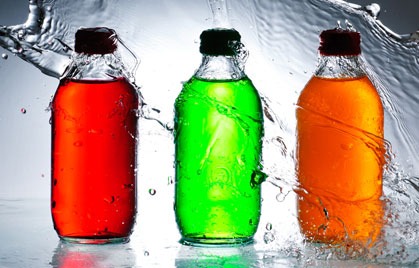
The general public is often confused by the differences between energy drinks and sports drinks. However, neither of these are official product categories.
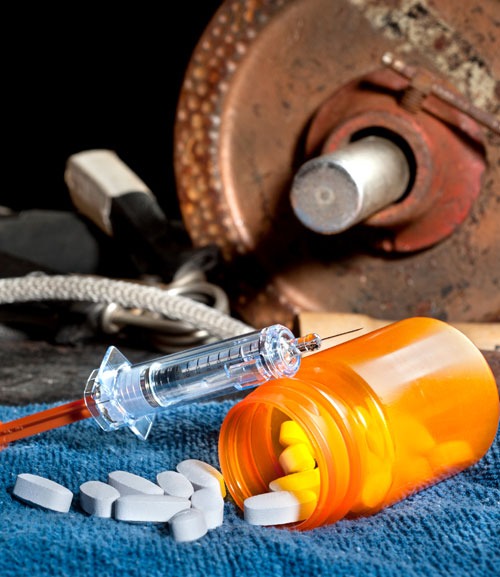
As a member of the Endocrine Society’s Scientific Task Force (SSTF), USADA’s Chief Science Officer, Dr. Larry Bowers, was an author of the scientific statement, “Adverse Health Consequences of Performance-Enhancing Drugs,” published in the Endocrine Society journal, Endocrine Reviews.
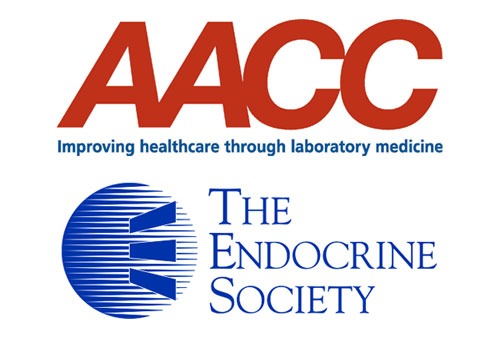
Building on the existing tests for growth hormone (GH) abuse in sport, scientists continue to make advancements in successfully detecting doping in sport.
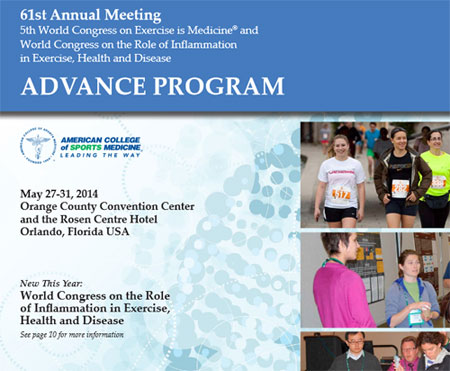
From May 27-31, 2014, the American College of Sports Medicine held its 61st annual meeting in Orlando Florida. USADA’s Science Director, Matthew Fedoruk was on hand to present a tutorial lecture, titled New Frontiers against Doping in Sport: Challenging the Omertà.
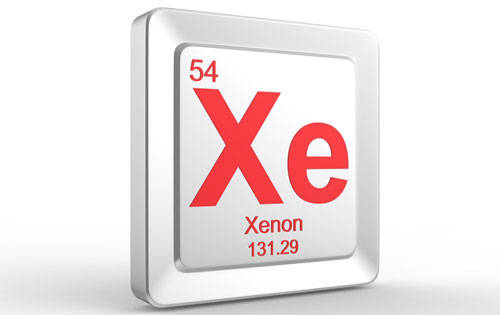
Inhalation of volumes of concentrated gases such as carbon monoxide, hydrogen sulfide, and xenon, even with medical supervision, may carry serious health risks.
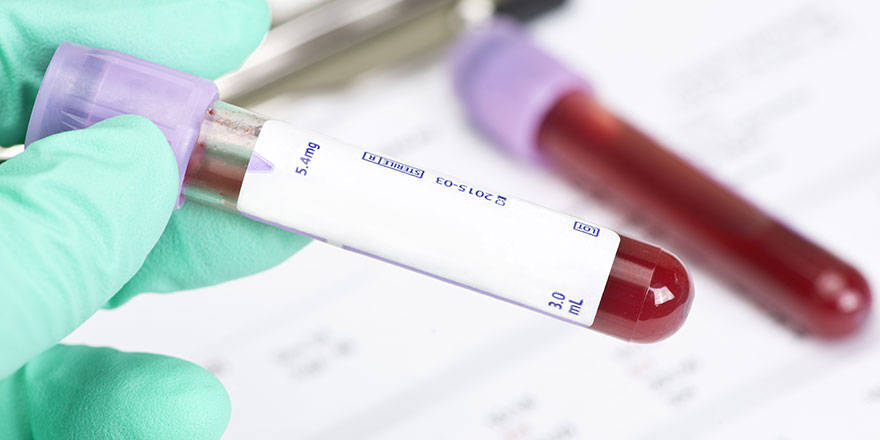
IGF-1 can enhance the production of lean muscle as well as aid in recovery time, but when used without medical necessity, exogenous IGF-1 can cause serious harm.

Members of USADA’s staff donated 56 man-hours to the Colorado Springs community volunteering with Pikes Peak Habitat for Humanity on March 13, 2014.
This is an necessary category.